PESTS AND DISEASES OF FORESTRY IN NEW ZEALAND
Lymantria dispar, Asian gypsy moth, spongy moth
Eradicated from New Zealand
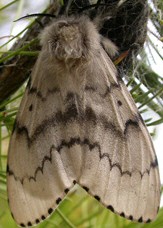
Photo: John H. Ghent, USDA Forest
Service, www.forestryimages.org
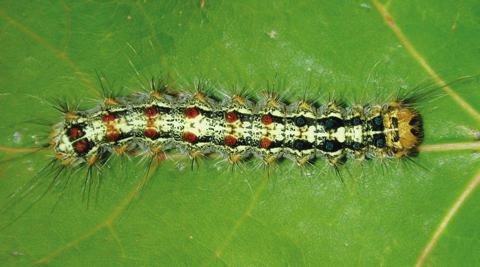
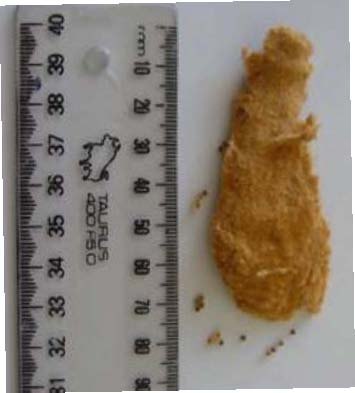
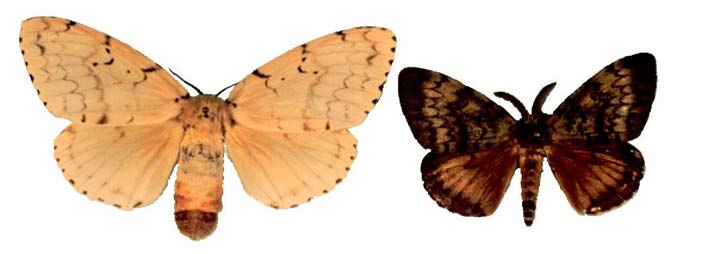
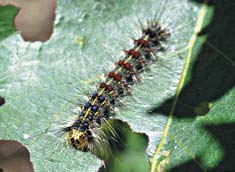

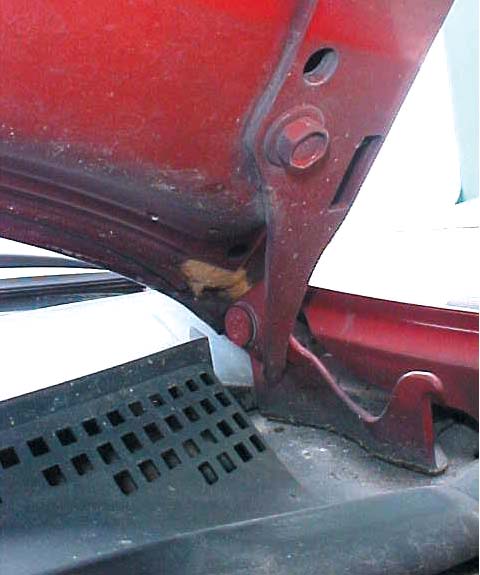
- Common name change for gypsy moth
From Forest Health News 307, April 2022 The gypsy moth (Lymantria dispar) is a well-known invasive species that became part of the Better Common Names Project led by the Entomological…
- Gypsy moth surveillance programme
From SURVEILLANCE 39 (3) 2012. Gypsy moth, Lymantria dispar, is a severe defoliator of trees and is described as both an economic and environmental high-impact pest. A major outbreak of…
- Gypsy moth surveillance in New Zealand
From SURVEILLANCE 38 (2) 2011. Figure 1: A, Adult female (left) and male (right) gypsy moths (Photos: USDA APHIS PPQ) Figure 1: B, male gypsy moth on conifer; Figure 1: C, female gypsy moth…
- $80 million pest eradicated
from Biosecurity 61, August 2005. In May 2005, Biosecurity New Zealand declared the Asian gypsy moth eradicated from New Zealand. It has been estimated that gypsy moth would cause economic…
- Waikato residents support moth trapping programme
from Biosecurity 49, February 2004. Intensive eradication and monitoring operations against the Asian gypsy moth (AGM) have continued in and around Hamilton over the summer. To date, no further moths…
- Gypsy moth response – eradication essential for notorious pest
from Biosecurity Issue 48, December 2003. Immediately following the discovery of a trapped male gypsy moth (Asian strain) in Hamilton in late March 2003 (Biosecurity 43:4), MAF implemented response actions.…
- Gypsy moth Lymantria dispar, 2003
From Biosecurity 43, May 2003. A single male gypsy moth was caught in Hamilton in late March, demonstrating the value of MAF’s gypsy moth trapping programme. Caption The catch was…
- Strategies for the eradication or control of gypsy moth in New Zealand
May 2003. The aim of the report is to provide background information that can contribute to developing strategies for control of gypsy moth. This is not a contingency plan, but…
- Asian gypsy moth in Hamilton
From Forest Health News 128, April 2003. The last decade has seen the sporadic detection of viable eggs and larvae of Asian Gypsy moth (Lymantria dispar) during routine inspections of imported items…
- No sign of gypsy moth
From Biosecurity Issue 28, June 2001. No gypsy moths were trapped during MAF Forest Biosecurity’s monitoring programme for the exotic forest pest. Female gypsy moth laying eggs. Gypsy moth is…
- Asian Gypsy Moth Monitoring in Russia
From Forest Health News No.46, September 1995. John Handiside and I spent 10 davs in Russia with representatives of the United States Forest Service, the United States Department of Agriculture…
- Gypsy moth- a threat to New Zealand trees
From Forest Health News 9, may 1992. The gypsy moth, Lymantria dispar (L.) is one of the most serious defoliators of hardwoods in North America. It is a native of…

 Farm Forestry New Zealand
Farm Forestry New Zealand

